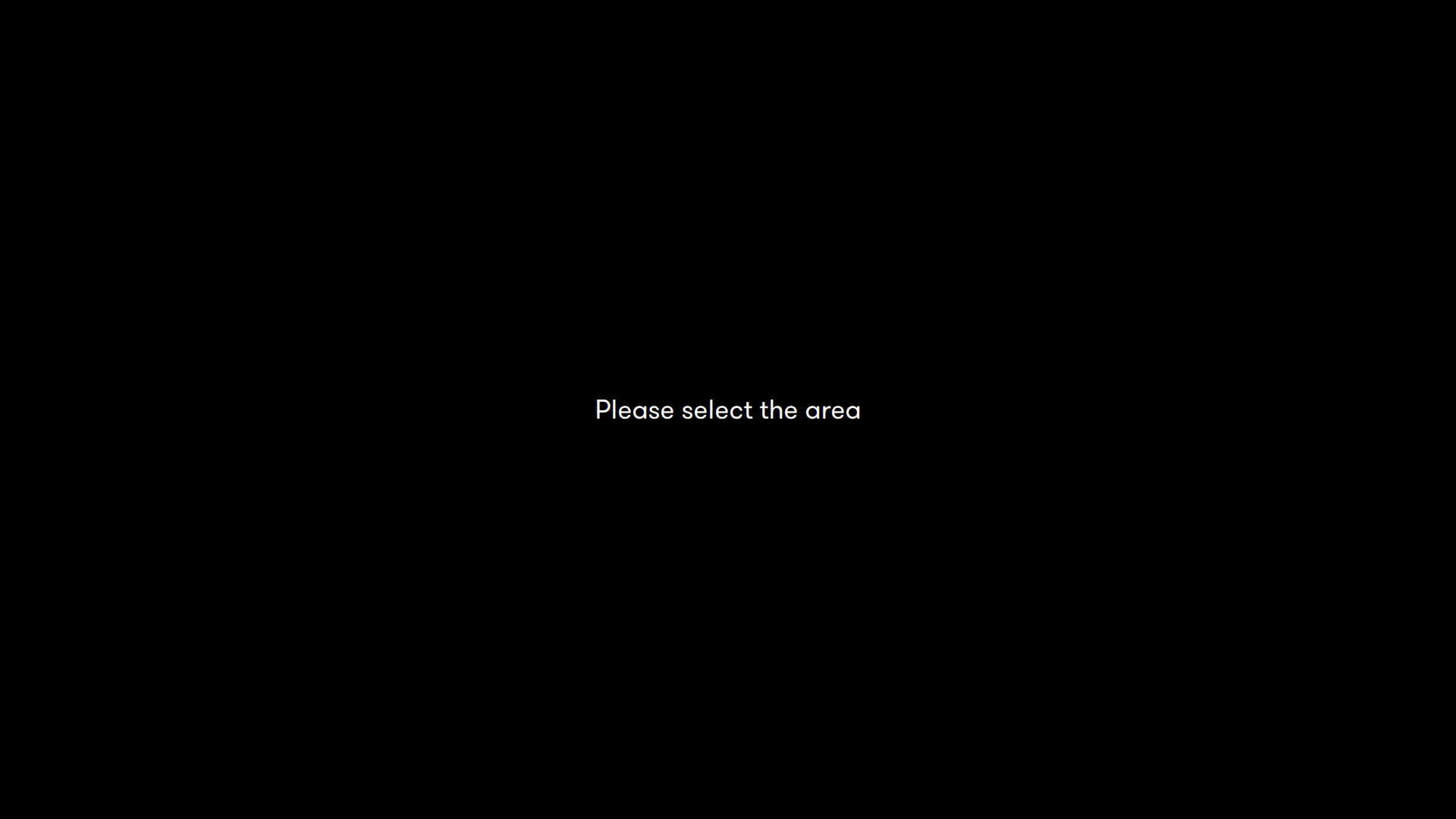Advanced Calibration – Drag mode
Drag Mode Calibration Overview
Drag Mode Calibration is used when you need to define a custom active area on a DISPLAX Skin touch sensor — for example, when the sensor shape or usable touch area is smaller than the full sensor size.
This mode lets you select and calibrate a specific region (rectangle, circle, ellipse, or triangle) directly from the DISPLAX Connect interface.
When to Use Drag Mode
-
For custom-shaped sensors (e.g., circular, triangular, or elliptical).
-
When only a section of a full-size sensor should be touch-responsive.
-
For special products like SKIN ROUND or custom SKIN Shapes.
General Process
-
Open DISPLAX Connect and go to the CALIBRATION tab.
-
If multiple monitors are connected, select the correct screen.
-
Choose Drag Mode.
-
Select the desired shape (Rectangle, Circle, Ellipse, or Triangle).
-
Click CALIBRATE.
The display will turn black with the message:
“Please select the area.”

Use your mouse to draw the calibration area. A red shape means the area is too small. When the area is valid, it turns green.
You can then move, rotate, or resize the selected area.
Press Spacebar to continue, or R to restart the process.
Shape-Specific Instructions
1. Rectangle
-
Left-click at one corner of the desired area and drag diagonally to the opposite corner.
-
When valid (green), press Spacebar to proceed.
-
Four calibration points will appear — touch each target until it disappears.
2. Circle
-
Click and drag to draw a circular area.
-
Leave a ~2 cm black border between the circle and the display edge to keep all four calibration targets visible.
-
Press Spacebar to start calibration (four targets).
3. Ellipse
-
Click and drag to draw an oval/elliptical area.
-
Leave a ~2 cm black border if the sensor covers the full display.
-
Press Spacebar to continue (four targets).
4. Triangle
-
Click and drag to draw a triangular area.
Follow on-screen guidance:
“Please draw triangle. Mouse movement will follow hypotenuse of clockwise triangle.”
-
Leave a ~2 cm black border if needed.
-
Press Spacebar to continue (three targets).
Completion
When calibration is finished, you’ll see:
“Geometric calibration succeeded.”
You’ll then return to the DISPLAX Connect interface.
If you see:
“The selected area is invalid, please select again.”
It means the selected area is too small. Increase the size until the shape turns green.
Related Articles
Calibrate Custom Shape Skin
Drag Mode Calibration Drag Mode Calibration allows you to calibrate customised, shaped (non-rectangular) sensors or define a custom active touch area on a standard DISPLAX Skin sensor -useful when the sensor’s usable touch area is smaller than its ...Advanced Calibration – Multi Point
Advanced Calibration – Multi Point The Multi-Point Calibration feature is used when more than four calibration points are required to improve touch accuracy across the entire sensor area. This is especially useful when: A single touch sensor covers a ...Standard Calibration
Overview Once your touch detection is working well, you should perform Calibration. Accuracy during this process is essential to ensure precise touch response. This applies to all DISPLAX sensors. How to Perform Calibration Launch Displax Connect on ...Calibration – Multi Point
Multi Point Calibration Multi-Point Calibration is used when you have: A single touch sensor over a smaller display A single touch sensor spanning multiple displays You need improved accuracy across bezels or irregular areas Using additional ...Sensor Scan
Set the Number of Channels with Sensor Scan The Sensor Scan feature automatically detects and applies the correct number of channels (rows and columns) for the connected DISPLAX Skin Zeeto sensor. This ensures that the controller is correctly ...